International
Volcanic ash closes airport in La Palma – again
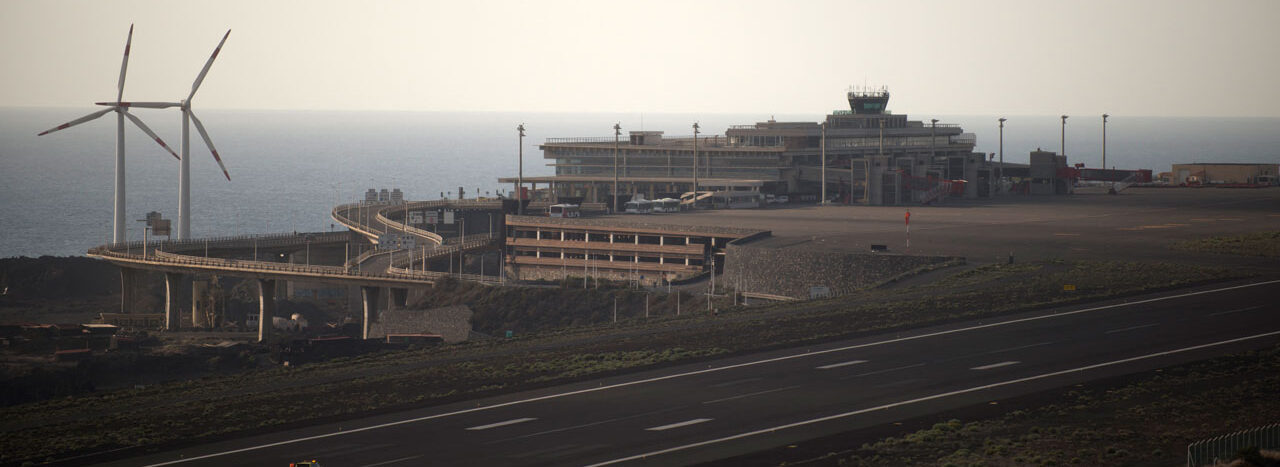
AFP
Clouds of thick ash from the volcano on La Palma on Thursday forced the island’s airport to close for the second time since the eruption began last month, Spain’s airport authority said.
“La Palma airport is not operational due to the accumulation of ash,” AENA tweeted, with a spokeswoman telling AFP “some cleaning work needs to be done” on the runways before it would reopen.
The airport was briefly shut on September 25 after a thick cloud of black ash forced airlines to cancel flights.
Although it was reopened a day later, flights did not resume until September 29.
It has been 18 days since La Cumbre Vieja began erupting, forcing more than 6,000 people out of their homes as the lava burnt its way across huge swathes of land on La Palma, one of Spain’s Atlantic Canary Islands that lie off the northwestern coast of Morocco.
The AENA spokeswoman said Thursday’s airport closure “may not last very long”.
David Calvo, spokesman for Involcan, the Canary Islands volcanic institute, said the volcano was producing “a lot of ash”, saying a change in the wind meant the ash cloud was “affecting the airport”.
On Wednesday evening, local airline Binter had said it was cancelling all flights in and out of La Palma.
“This suspension will last until conditions improve and we can fly safely,” Binter tweeted, with rival airline Canaryfly also suspending flights.
An AFP correspondent at the scene said the glowing lava streams could still be seen for miles around on Wednesday night.
By Thursday morning, images released by the Spanish Geological and Mining Institute (IGME) showed a thick cloud of black smoke billowing from the crater of Cumbre Vieja.
– The 100-acre lava delta –
Pumping out endless streams of molten rock with a temperature of over 1,000 degrees Celsius (1,832 degrees Fahrenheit), the volcano spewed out streams of lava that consumed more than 1,000 acres (422 hectares) of land as it cut a six-kilometre (3.5-mile) path to the sea.
Once it reached the coast on September 29, it cascaded into the sea, creating a growing lava delta that is currently the size of 60 football pitches (100 acres), Involcan data shows.
And figures released on Tuesday by the islands’ regional government said more than 605 of the destroyed buildings were homes.
It has also destroyed huge swathes of banana plantations — the chief cash crop on La Palma.
“The damage is enormous.. We are talking about a third of the banana production of the entire Canary Islands,” the archipelago’s regional head Angel Víctor Torres said last week, indicating the current harvest had been “completely lost”.
The eruption on La Palma, an island of some 85,000 people, is the first in 50 years.
The last was in 1971 when another part of the same volcanic range — a vent known as Teneguia — erupted on the southern side of the island.
Two decades earlier, the Nambroque vent erupted in 1949.
International
Meta Says Russia Seeks to Ban WhatsApp for Defending Secure Communication
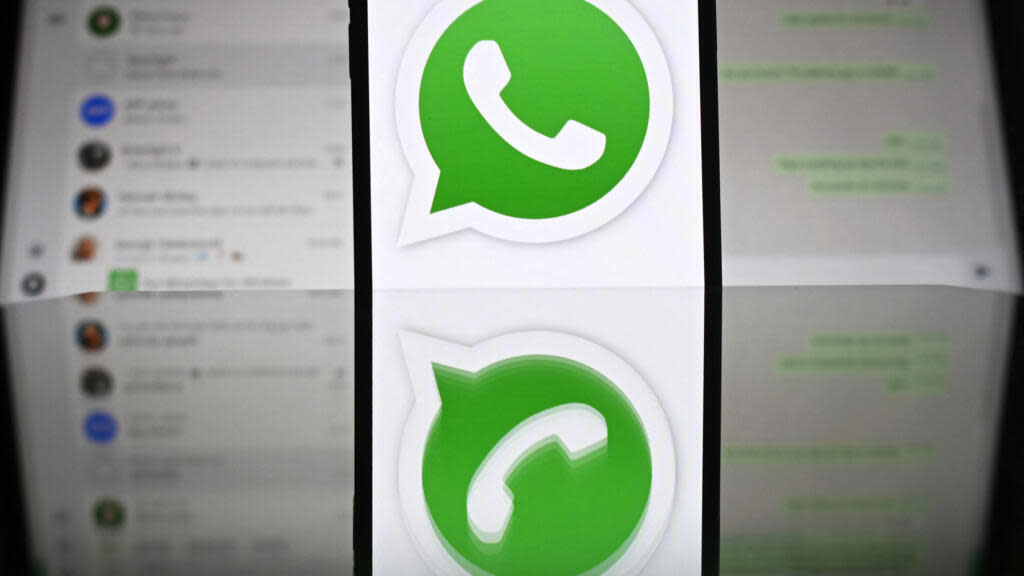
U.S. tech giant Meta, the parent company of WhatsApp, said that Russia is seeking to ban the messaging app because it “challenges government attempts to violate people’s right to secure communication.”
Russian authorities have encouraged citizens to switch to state-backed applications, and in August they already blocked WhatsApp’s calling feature.
On Friday, the communications regulator Roskomnadzor claimed that the platform was being used to “organize and carry out terrorist acts in the country, recruit perpetrators, and facilitate fraud and other crimes.”
“If the messaging service does not comply with Russian law, it will be completely blocked,” the regulator warned.
WhatsApp remains one of Russia’s most widely used messaging services, alongside Telegram.
Moscow is pressuring both platforms to grant authorities access to user data upon request for investigations into fraud and activities the government labels as “terrorist.”
Human rights advocates fear the demand could be used to target critics of the Kremlin, President Vladimir Putin, or the war in Ukraine.
International
Archbishop Wenski criticizes Trump’s deportation policies, calls for stronger push for reform
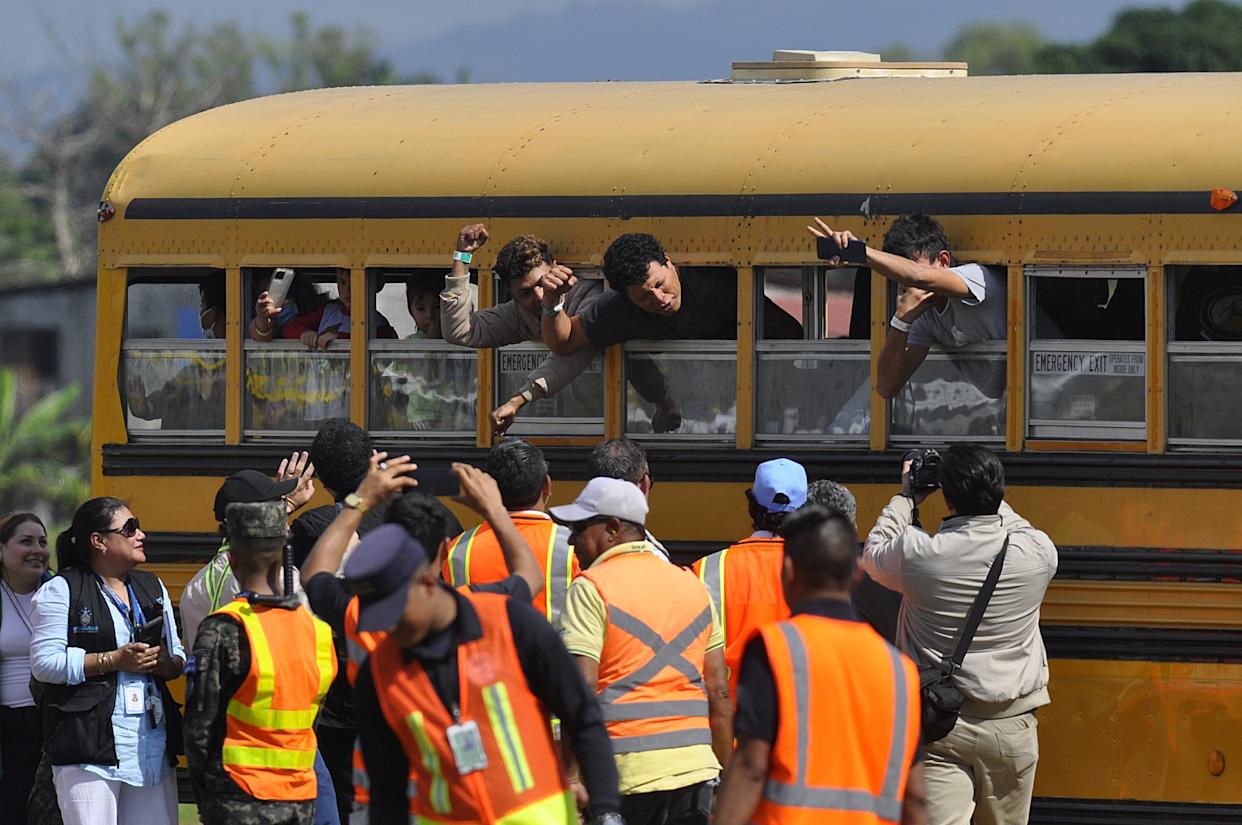
The Archbishop of Miami, Thomas Wenski, has called for increased pressure on the U.S. Congress to advance comprehensive immigration reform and criticized President Donald Trump’s mass deportation policies, arguing that they “do nothing to help.”
“We need to apply more pressure on Congress so lawmakers can make the necessary changes. It is also important for the Administration to listen to our voice. We do not want to be anyone’s enemy—we are Americans,” Wenski said in an interview with EFE.
The religious leader, who heads one of the dioceses with the largest Latino and Haitian populations in the United States, issued a call to defend the rights of migrants. He also emphasized that the U.S. Conference of Catholic Bishops (USCCB) has maintained a strong and public stance in favor of migrants for decades.
International
Trump relaunches diplomatic push to finalize U.S.-Backed peace plan for Ukraine War
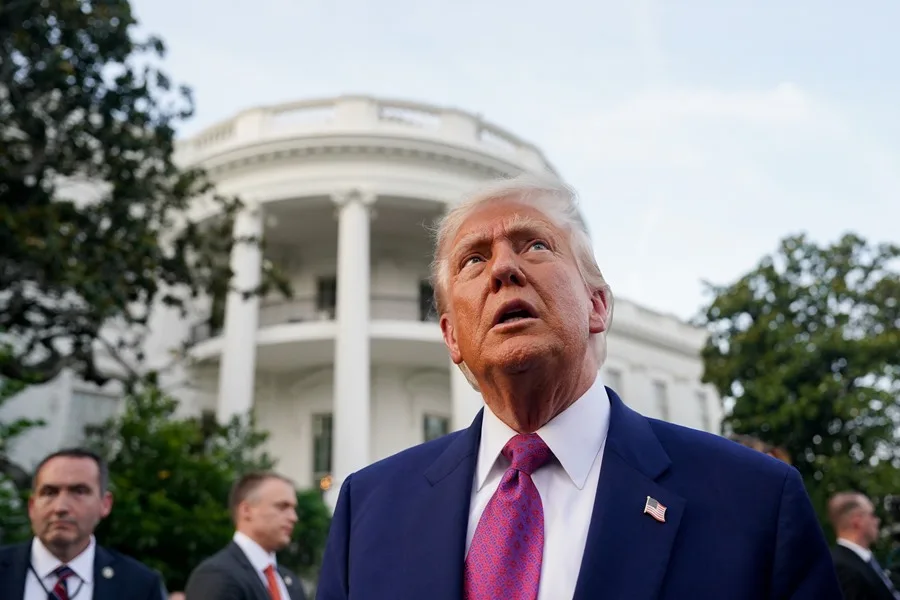
U.S. President Donald Trump announced on Tuesday that his diplomatic team will resume meetings with delegations from Russia and Ukraine in an effort to pressure both sides to accept the peace plan proposed by Washington to end the war in Ukraine.
As part of this new round of talks, U.S. Special Envoy Steve Witkoff will travel to Moscow to meet with Russian President Vladimir Putin. Meanwhile, Army Secretary Dan Driscoll will hold discussions with Ukrainian representatives to narrow differences on the remaining points of the agreement.
Trump also confirmed his intention to meet personally with Ukrainian President Volodymyr Zelensky and with Putin, though he emphasized that such meetings will only take place “when the agreement is fully finalized or in its final stage.”
The president claimed that his administration has made “tremendous progress” toward resolving the conflict and reiterated that the war “never would have started” if he had been in the White House at the onset of the crisis.
The U.S.-backed peace plan consists of 28 points and has been revised following feedback from both sides. According to Trump, only “a few points of disagreement” remain under active discussion.
One of the most controversial aspects of the proposal is the suggestion that Ukraine cede parts of the Donbas region to Russia and limit the size of its armed forces. Kyiv is working closely with Washington to soften these clauses in search of an arrangement that does not compromise its sovereignty or security.
With this diplomatic push, Trump aims to solidify his role as the main mediator in the conflict and steer the war toward a political resolution after years of devastation, humanitarian crisis, and rising global geopolitical tensions.
-
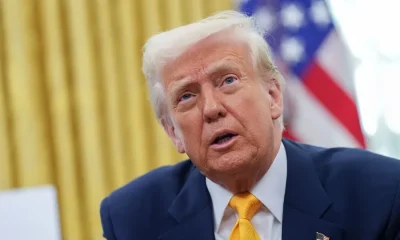
 Central America2 days ago
Central America2 days agoTrump Pardons Former Honduran President Hernández and Warns of Aid Cuts Ahead of Election
-
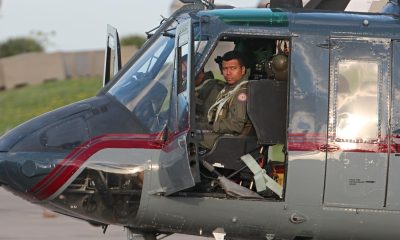
 Central America4 days ago
Central America4 days agoPanama reinforces security with new helicopters and Super Tucano Aircraft purchases
-
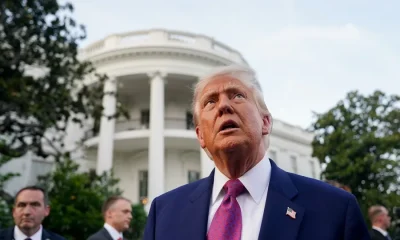
 Central America4 days ago
Central America4 days agoTrump urges hondurans to back conservative candidate Nasry Asfura in november elections
-

 International4 days ago
International4 days agoArchbishop Wenski criticizes Trump’s deportation policies, calls for stronger push for reform
-

 Central America1 day ago
Central America1 day agoHonduras’ China–Taiwan Future Hinges on Sunday’s Presidential Election
-

 Central America10 hours ago
Central America10 hours agoHonduras Extends Voting by One Hour Amid High Turnout, CNE Announces
-

 Central America4 days ago
Central America4 days agoWashington calls for oversight as Honduras faces allegations of electoral interference
-

 International2 days ago
International2 days agoMeta Says Russia Seeks to Ban WhatsApp for Defending Secure Communication






























